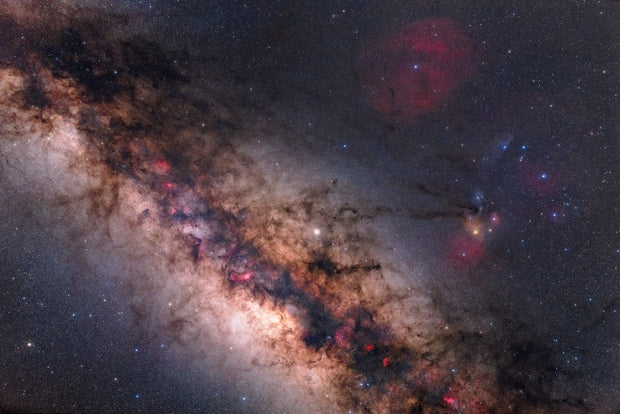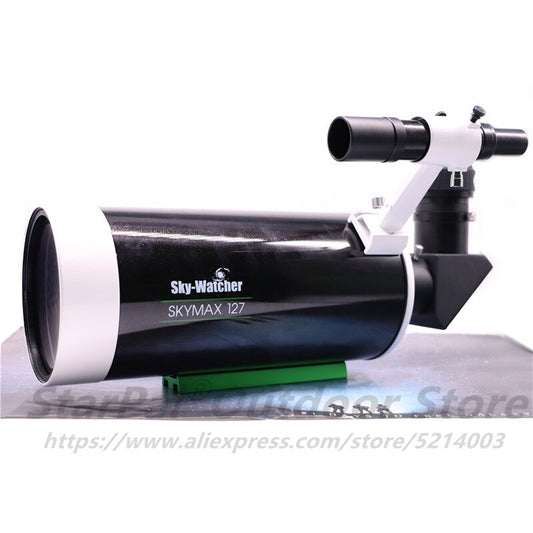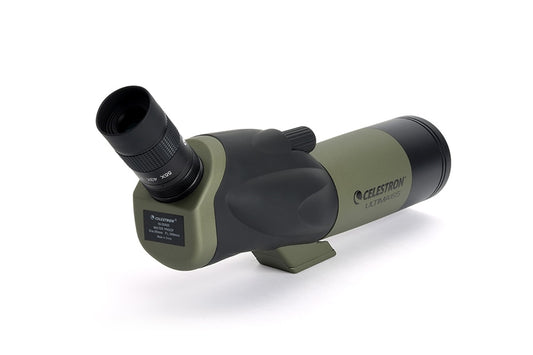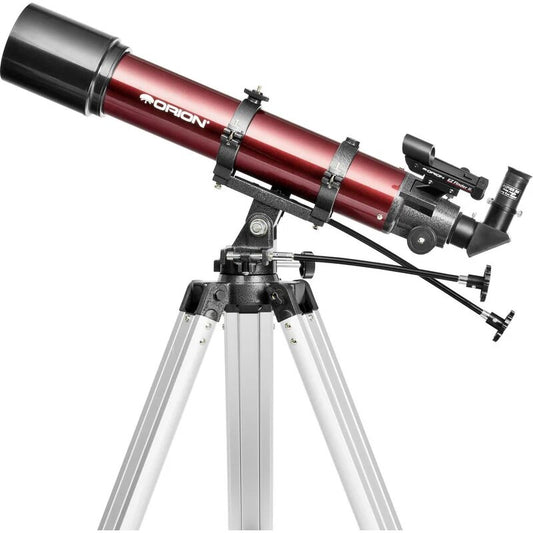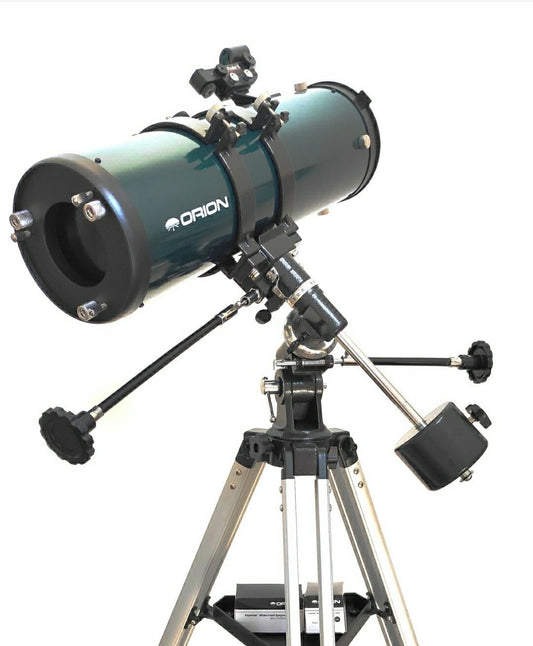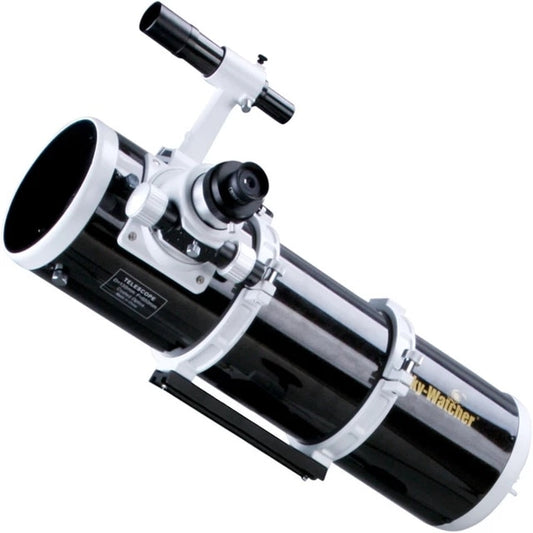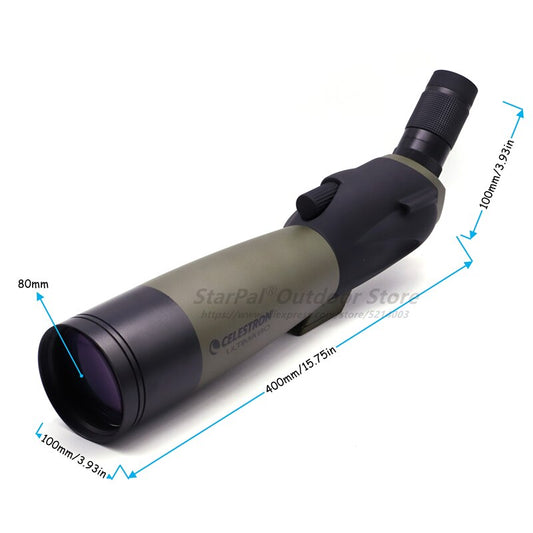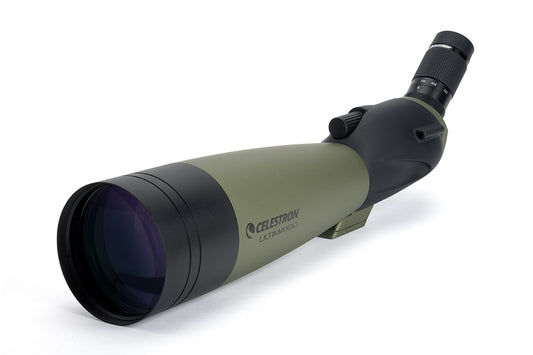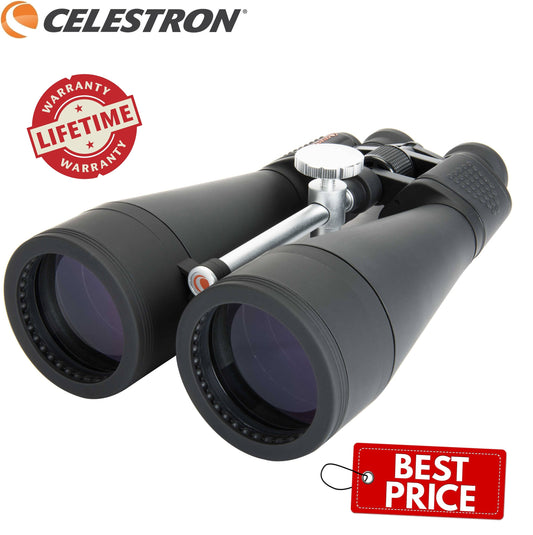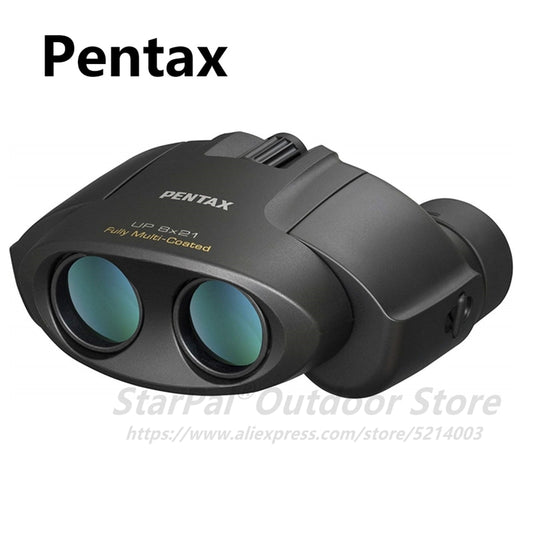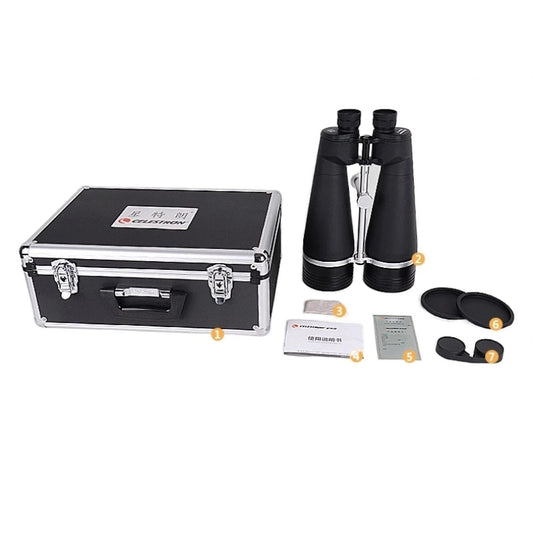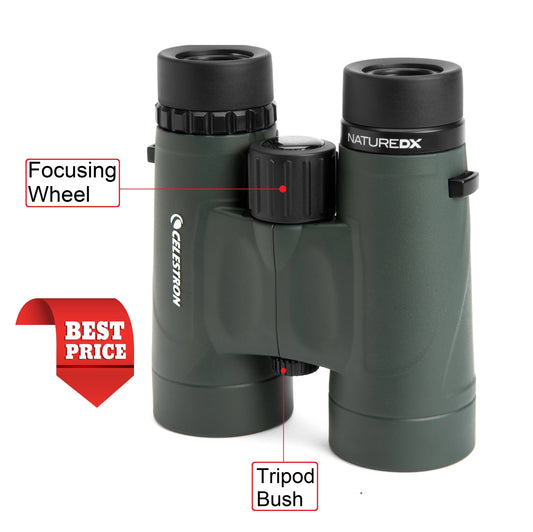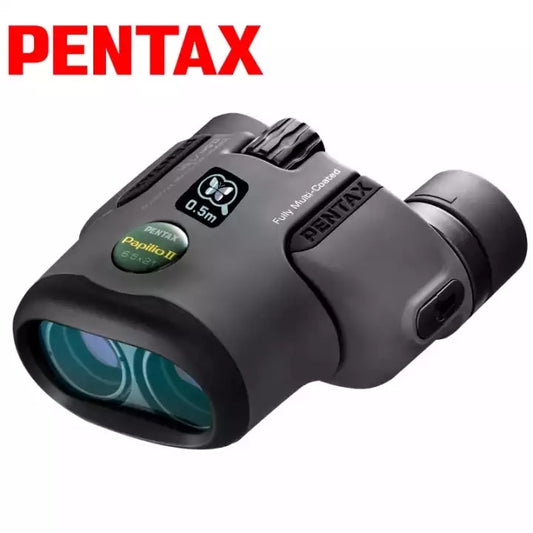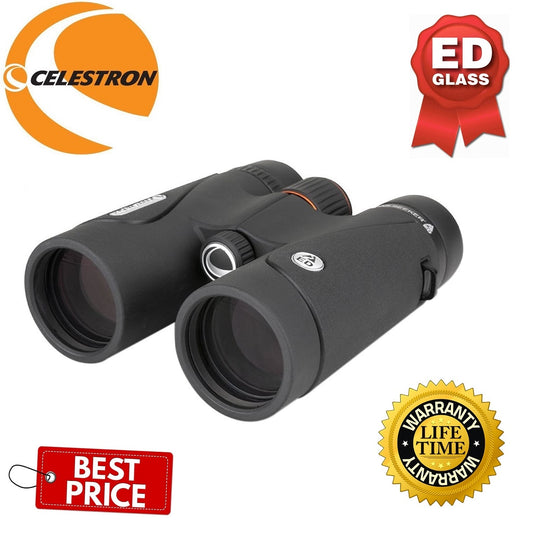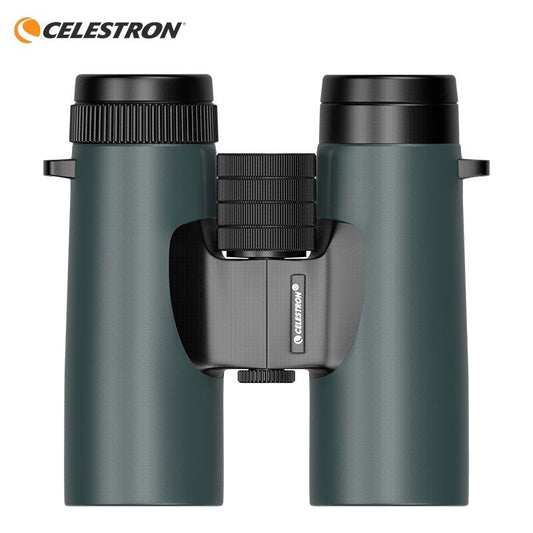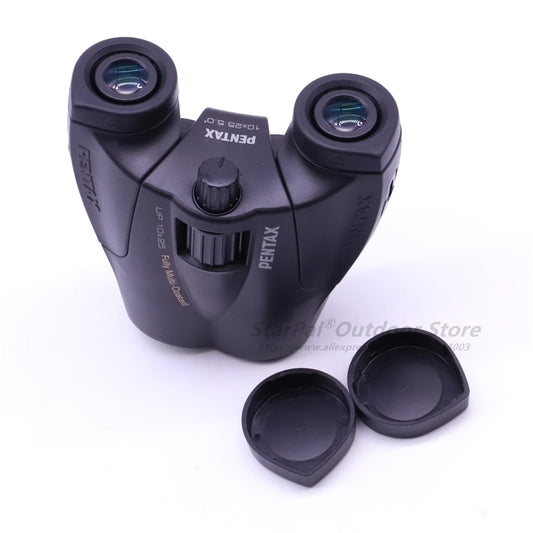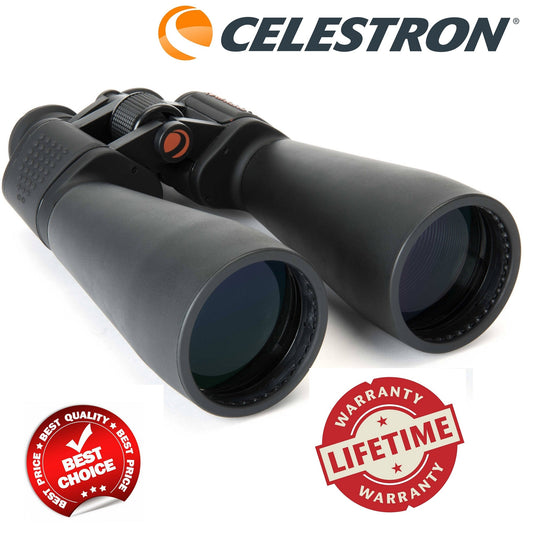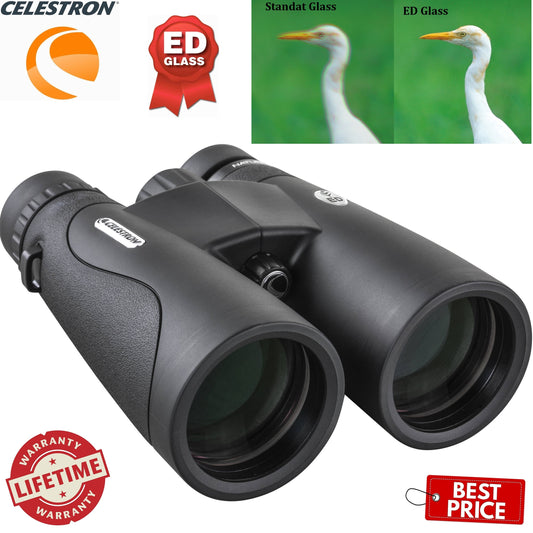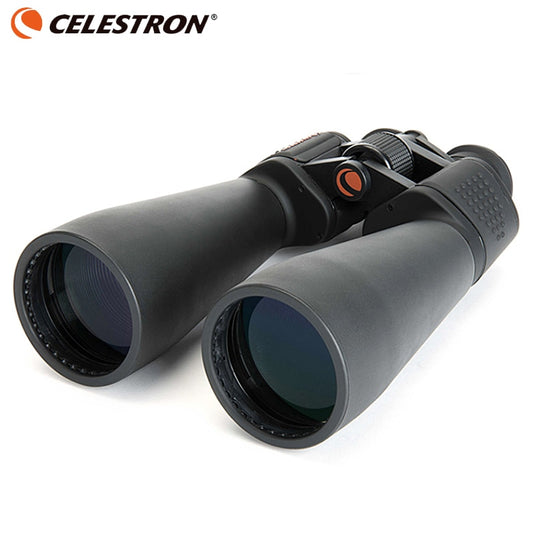Urban Astronomy: How to See Stars Despite Light Pollution – A Comprehensive Guide
Introduction to Urban Astronomy
Urban astronomy, or the practice of observing celestial objects from city environments, offers a unique opportunity to connect with the night sky despite the challenges of light pollution and other obstacles. While stargazing in the city may seem daunting, it's entirely possible to enjoy the beauty of the cosmos with the right knowledge, tools, and strategies. In this comprehensive guide, we'll explore the world of urban astronomy, offering tips, recommendations, and resources to help you see stars and other celestial wonders from the heart of the city.
Challenges of Urban Astronomy: Light Pollution and More
Before diving into the exciting world of urban astronomy, it's important to understand the challenges that city stargazers face:
- Light Pollution: The most significant obstacle for urban astronomers, light pollution is the excessive artificial lighting that brightens the night sky, washing out fainter celestial objects.
- Skyglow: A type of light pollution, skyglow is the diffuse glow created by scattered light from streetlights, buildings, and other sources, further reducing visibility.
- Limited Horizon: Tall buildings, trees, and other obstructions can limit the view of the sky, making it difficult to observe certain celestial objects.
- Air Pollution: Dust, smog, and other pollutants can reduce atmospheric transparency, impacting the quality of astronomical observations.
- Weather: Cloud cover, humidity, and temperature fluctuations can all affect the clarity of the night sky and the success of your urban astronomy experience.
Top 10 Tips for Successful Urban Stargazing
Despite the challenges, you can still enjoy urban astronomy by following these tips:
- Choose the Right Location: Find darker spots within the city, such as parks, rooftops, or open areas away from direct sources of artificial light.
- Observe During the Right Time: Aim to observe during new moon phases or when the moon is below the horizon, as this can significantly reduce skyglow.
- Adapt Your Eyes: Allow your eyes to adjust to the darkness for at least 20 minutes before observing to improve your night vision.
- Use Red Light: If you need to use a flashlight, opt for one with a red light, as it's less disruptive to your night vision.
- Invest in Light Pollution Filters: Special filters can help reduce the effects of light pollution and enhance the visibility of certain celestial objects.
- Choose the Right Equipment: Opt for telescopes or binoculars with larger apertures and eyepieces with higher magnification to improve your urban stargazing experience.
- Focus on Bright Targets: Concentrate on observing bright planets, stars, and other celestial objects that are more visible in light-polluted skies.
- Learn the Sky: Familiarize yourself with star charts, constellations, and the celestial coordinates system to help you locate and identify objects more easily.
- Use Smartphone Apps: Astronomy apps can help you identify stars, planets, and other celestial objects and provide real-time information on their positions.
- Be Patient: Urban astronomy requires patience and perseverance, as well as an acceptance of the limitations imposed by city environments.
Choosing the Right Equipment for Urban Astronomy
Selecting the appropriate equipment can make a significant difference in your urban stargazing experience. Consider the following tips when choosing gear:
- Telescopes: Opt for telescopes with larger apertures (6-8 inches or more) and a Dobsonian or Schmidt-Cassegrain design to capture more light and enhance your view of celestial objects.
- Binoculars: Choose binoculars with a larger objective lens (50mm or more) and a higher magnification (10x or more) for better performance in light-polluted environments.
- Light Pollution Filters: Invest in broadband or narrowband filters that can help reduce the effects of light pollution and increase contrast between celestial objects and the background sky.
- Red Flashlights: A red flashlight will help preserve your night vision while providing illumination when needed.
- Star Charts and Smartphone Apps: Familiarize yourself with the night sky using physical star charts or smartphone apps specifically designed for urban astronomers.
Best Targets for Urban Astronomy
While many celestial objects may be challenging to observe in city environments, certain bright targets are still visible and worth exploring:
- Planets: Jupiter, Saturn, Mars, and Venus are among the brightest objects in the night sky and can be easily observed with binoculars or telescopes.
- The Moon: Our closest celestial neighbor is an excellent target for urban astronomers and offers stunning views of craters, mountains, and other surface features.
- Bright Stars: Stars such as Sirius, Vega, and Arcturus are easily visible in urban settings and can be used to locate nearby constellations.
- Double Stars: Some double stars, such as Mizar and Alcor in the Big Dipper or Albireo in Cygnus, can be separated using binoculars or small telescopes.
- Star Clusters: Bright open clusters, like the Pleiades and the Beehive Cluster, are visible in urban skies and offer stunning views through binoculars or telescopes.
Urban Astronomy Clubs and Organizations
Joining local astronomy clubs or organizations can provide valuable support, knowledge, and camaraderie as you explore the night sky in the city. These groups often organize events, workshops, and star parties, creating opportunities to learn from experienced astronomers and share your passion with others.
Urban Astronomy Events and Star Parties
Many cities host urban astronomy events and star parties, providing opportunities for city dwellers to gather and observe the night sky together. These events often feature guest speakers, workshops, and telescope demonstrations, allowing you to learn more about urban astronomy and connect with fellow enthusiasts.
Apps and Resources for Urban Astronomers
Leverage technology to enhance your urban stargazing experience with these helpful apps and resources:
- Stellarium: A popular desktop and mobile app that provides an interactive, real-time sky map and a wealth of information on celestial objects.
- SkySafari: A comprehensive astronomy app that offers an extensive database of celestial objects, sky charts, and observing tools tailored to your location.
- Light Pollution Map: An online resource that helps you locate dark sky spots within your city for better stargazing conditions.
- Heavens-Above: A website and app that provides up-to-date information on satellite passes, including the International Space Station and Iridium flares.
Frequently Asked Questions About Urban Astronomy
- Is it possible to see galaxies or nebulae from an urban environment? Observing galaxies or nebulae in urban environments can be challenging due to light pollution. However, a few brighter objects, such as the Andromeda Galaxy or the Orion Nebula, may be visible under favorable conditions or with the aid of light pollution filters.
- How can I reduce the impact of light pollution on my urban astronomy experience? To minimize the effects of light pollution, choose darker observing locations within the city, observe during new moon phases, invest in light pollution filters, and use telescopes or binoculars with larger apertures.
- Can I do astrophotography in an urban environment? Yes, urban astrophotography is possible, but it requires specialized techniques and equipment to overcome the challenges of light pollution. DSLR cameras with modified sensors, narrowband filters, and image processing software can help capture stunning images of celestial objects despite the city lights.
Conclusion
Urban astronomy offers a unique and rewarding experience for those seeking to explore the night sky from city environments. By understanding the challenges of light pollution and other obstacles, and following our top tips for successful urban stargazing, you can enjoy the beauty of the cosmos even in the heart of the city.
Investing in the right equipment, focusing on bright targets, and joining local astronomy clubs or organizations can further enhance your urban astronomy experience. Remember that patience, perseverance, and a willingness to adapt are key to making the most of your stargazing adventures in the city.
By embracing urban astronomy and learning to see stars despite the challenges, you'll not only deepen your appreciation for the wonders of the night sky but also cultivate a sense of connection to the universe that transcends the boundaries of your urban surroundings. Clear skies and happy observing!
More About Astronomy:
- Astronomy Definition
- Best Books on Astronomy
- The History of Astronomy
- Famous Astronomers
- Astronomy vs Astrology
- Astronomy Camera Color or Mono
- Binocular vs Spotting Scope for Astronomy

